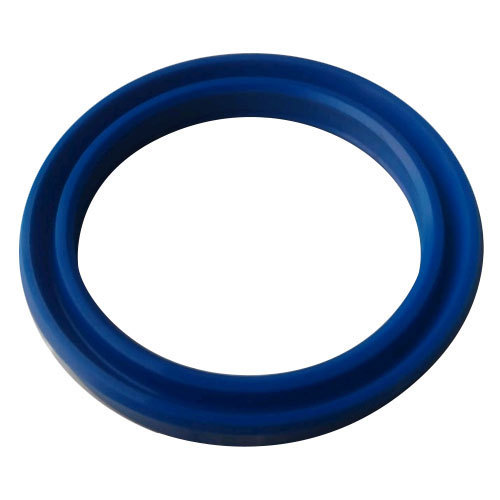Hydraulic seals are often used for industrial and domestic applications (such as aerospace, electromechanical, climate control, filtration, fluid and gas handling, and process control) to facilitate the separation of liquids. The proper installation of hydraulic seals is vital for efficient operation in hydraulic systems.
There are different types of installation methods depending on the nature of the applications. Whether it's for maintenance procedures or new installations, different procedures are required. However, in both applications, there are common steps to execute to successfully install hydraulic seals.
Here are some tips to install hydraulic seals in a safe environment.

Tips to a Successful Hydraulic Seal Installation
Before starting your installation, consider the following:
- Inspect Installation Parts - Before installation, inspect parts that need to be sealed for any signs of damage. Scratches or cuts on the surface could lead installation failure and leakage.
- Prep and Clean Installation Tools and Seals - Before installation, prep and clean seals with lint-free cloths. Clean all installation tools to remove excess dust and other solid particles (chips, dirt and other foreign particles) that may affect the sealing performance, resulting in leakage.
- Protect Seal Surfaces - Protect seals from sharp corners and burrs to minimize surface damage.
- Lubricate Seals - Before installation, lubricate seals and its sealing path to prevent abrasion and enhance durability. Several lubricants are used for this purpose: petroleum-based, silicone grease or oil, barium grease, or fluorocarbon fluid. (Pro Tip: Select a lubricant that is compatible with the raw materials used to produce the seal.)
- Heat the Seals - Before installation, heat the seals to improve hydraulic seals’ elasticity. You can also soak the seal in hot lubricant to soften the seal installation. However, do not heat the seal beyond its temperature limit to minimize damage to installation parts. Also, do not heat the seal when it is stretched. This will lead to reduction in size of the seal.
To ensure an optimal and efficient seal installation, use the correct tools to eliminate the chances of denting or damages to installation parts and seals. Although these tips seem basic, they will lead you towards successful seal installation. However, following these tips will not ensure optimal success.
As an application user, you must review the user manual provided along with the purchase of hydraulic seals. This manual will include essential procedures to properly install hydraulic seals. Read and understand the installation procedures and follow the steps carefully for successful installation. If you have any questions, stop the installation process and ask a professional, such as Gallagher Fluid Seals.
Ensure you and your colleagues clearly understand the hydraulic seal installation procedures and best practices before starting the project.
For more information, contact Gallagher Fluid Seals today.
The original article can be found here.
